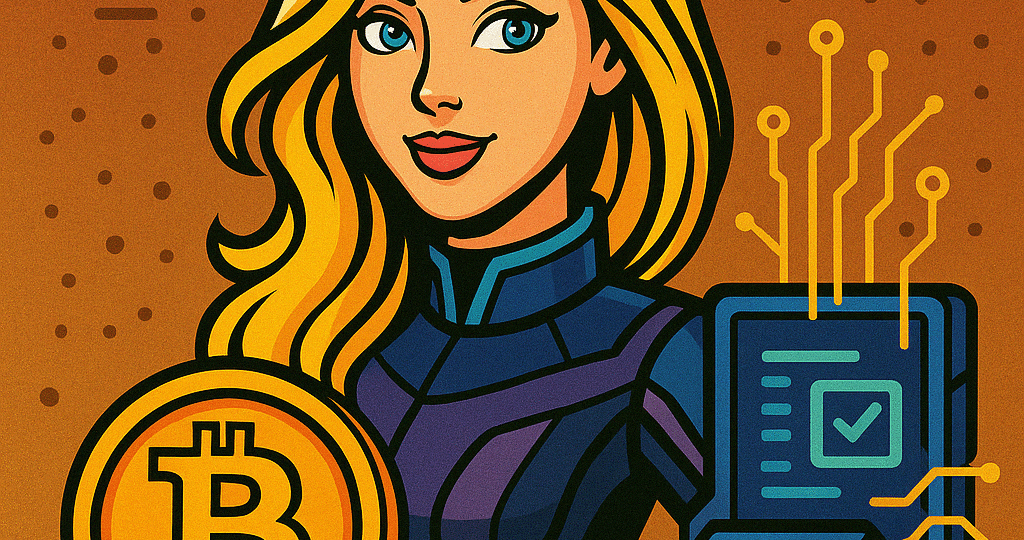Peer-to-Peer and Cross-Border Crypto Payments: Building Future-Ready Payment Systems
April 20, 2025 | by 16squaresmaster@gmail.com

Introduction
In the digital age, global commerce is demanding faster, more secure, and decentralized ways to move money. Cryptocurrency is meeting that demand head-on. Businesses, freelancers, platforms, and creators are now leveraging crypto payment systems, peer-to-peer crypto payments, and powerful APIs to offer seamless, scalable, and secure transactions — from mobile to enterprise levels.
Whether you’re launching a product in emerging markets, paying a distributed team, or simply looking to reduce fees and delays, modern crypto payment platforms provide the infrastructure to support every use case — including fiat-to-crypto payments, tokenized payments, and cross-border crypto payments.
1. Peer-to-Peer Crypto Payments: The Foundation of Decentralized Finance
Peer-to-peer crypto payments (P2P) are the most direct form of blockchain-based value exchange. These transactions occur directly between sender and receiver, without the need for intermediaries like banks or credit card networks.
Benefits for Businesses:
-
No processing delays
-
No chargebacks
-
No centralized oversight
-
Global accessibility (24/7/365)
-
Complete audit trail on-chain
Whether used for customer payments or internal transactions, P2P models reduce risk, save costs, and accelerate financial workflows.
2. The Rise of Crypto Payment Systems for Business
Modern crypto payment systems are more than wallet-to-wallet transfers. They offer end-to-end infrastructure including:
-
Real-time invoice generation
-
Wallet integration
-
Fiat conversion and settlement tools
-
Automated smart contract-based payments
-
Tax reporting and compliance modules
From e-commerce to SaaS, these systems bring blockchain into everyday operations and remove the complexity of managing multiple coins or wallets manually.
3. Payment Processing for Crypto: Fast, Flexible, and Automated
Payment processing for crypto enables businesses to accept and manage digital asset transactions just like traditional payments — but with lower costs and faster settlement.
Functions Include:
-
Real-time token conversion (e.g. ETH → USDC)
-
Chain-specific routing (Polygon, Solana, etc.)
-
Automatic confirmation tracking
-
Gas fee optimization and management
-
Refund and chargeback automation via smart contracts
Processing platforms like NOWPayments, OpenNode, and Alchemy Pay make it possible to plug into this ecosystem with minimal setup time.
4. Cryptocurrency Payment API: Developer Control for Seamless Integration
A powerful cryptocurrency payment API allows developers to build custom transaction flows, manage smart contracts, and automate financial operations within apps and services.
Common API Features:
-
Create dynamic payment addresses
-
Webhook callbacks for status updates
-
Payment validation by hash or token ID
-
Payout scheduling and batch processing
-
Multi-chain token support
APIs are essential for platforms that need flexibility, transparency, and automation — without handing over control to third parties.
5. Mobile Crypto Payments: Decentralized Commerce on the Go
Mobile-first commerce is growing worldwide, and mobile crypto payments are closing the gap between smartphone users and decentralized finance.
Key Features:
-
Tap-to-pay with crypto wallet apps
-
Mobile wallet scanning of payment QR codes
-
Integration with NFC and Bluetooth for physical merchants
-
Web3 browser compatibility (e.g., MetaMask Mobile)
-
In-app APIs for on-the-fly wallet generation and payment requests
As mobile payment adoption grows, merchants must prepare for Web3-native mobile users who prefer to transact with wallets, not cards.
6. Cross-Border Crypto Payments: Global Commerce Without Banks
Cross-border crypto payments solve the inefficiencies of traditional international wire transfers:
-
Faster than SWIFT or SEPA
-
Lower fees (especially with stablecoins)
-
Real-time confirmations
-
No currency conversion delays
-
Ideal for emerging markets or remote workforces
Stablecoins like USDC and USDT, combined with Layer 2 networks, make international payroll, vendor payments, and donations efficient and transparent.
7. Cryptocurrency Merchant Services: Full-Service Solutions for Crypto Commerce
Cryptocurrency merchant services enable businesses to offer customers a complete checkout experience using crypto. These services include:
-
Hosted and embedded checkout solutions
-
Multi-currency support (BTC, ETH, USDT, DAI, etc.)
-
Custom tax reporting and compliance tools
-
Real-time exchange rate feeds
-
CRM and ERP integrations
Merchant platforms like Coinbase Commerce, BitPay, and CoinPayments simplify crypto adoption for small businesses and large enterprises alike.
8. Choosing the Right Crypto Payment Platform
A reliable crypto payment platform brings together all the tools needed to accept, process, and manage digital currency transactions.
What to Look For:
-
Support for multiple wallets and chains
-
Dashboard for payment tracking and analytics
-
Developer-friendly APIs and SDKs
-
Automatic conversion options (crypto-to-fiat or stablecoin)
-
Customer support and compliance readiness
The best platforms are scalable, secure, and easy to integrate with existing web or mobile infrastructure.
9. Digital Asset Payments: More Than Just Currency
Digital asset payments refer to the transfer of blockchain-based value — including coins, tokens, and NFTs — as part of a transaction.
Use Cases:
-
NFTs as event tickets or digital products
-
Token purchases for access or credit systems
-
Subscription or utility-based payments using ERC-20 tokens
-
Governance token payments in DAOs
-
Revenue-sharing and royalties via smart contracts
Digital asset payments unlock programmability and automation that traditional payments simply can’t match.
10. Tokenized Payments: Custom Economics at Scale
Tokenized payments involve sending and receiving value in token form — either fungible (e.g., USDC) or non-fungible (e.g., NFTs) — often tied to specific use cases.
Examples:
-
Pay-per-access content unlocked by holding a token
-
Loyalty programs distributed as points on-chain
-
Recurring billing via streaming tokens (Superfluid)
-
Performance-based payouts with tokenized KPIs
Token payments are programmable, transparent, and verifiable — making them ideal for creators, platforms, and marketplaces.
11. Fiat-to-Crypto Payments: Bridging the Onboarding Gap
Fiat-to-crypto payments allow customers to pay using traditional currencies (e.g., USD, EUR) and convert to crypto on the backend.
Who Needs This?
-
Web3 platforms onboarding new users
-
NFT marketplaces
-
Crypto games and DeFi platforms
-
E-commerce stores exploring hybrid payments
Fiat on-ramp services like Ramp, MoonPay, and Transak enable seamless conversion via card, bank, or Apple Pay — without forcing the user to manually buy crypto beforehand.
Conclusion
The evolution of payments is here — and it’s decentralized, tokenized, and borderless. From peer-to-peer crypto payments and mobile crypto transactions to enterprise-level crypto payment platforms, businesses now have the tools to unlock fast, global, and secure digital commerce.
By integrating cryptocurrency payment APIs, supporting cross-border crypto payments, and offering tokenized payments across web and mobile, you’re not just keeping up — you’re leading the future of finance.
RELATED POSTS
View all

